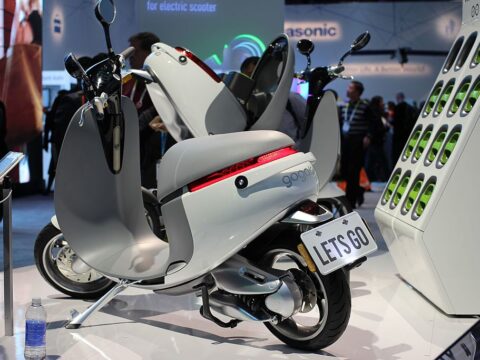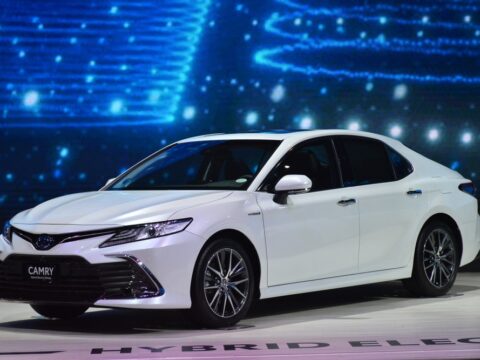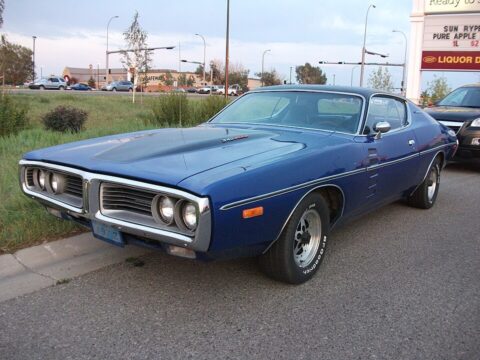When it comes to electric vehicles (EVs), there are countless add-ons and upgrades available, but not all of them are worth the price. Some can be flashy or tempting, but offer little value for the average driver. In fact, many add-ons provide more of a burden than a benefit. Here’s a look at 15 EV add-ons that simply aren’t worth the investment.
Contents
Extended Paint Protection Film

Although extended paint protection films claim to guard your EV’s exterior, they’re often overpriced and unnecessary. Modern electric vehicles already come equipped with high-quality paint finishes designed to resist daily wear and tear. Furthermore, these films need frequent maintenance and may not even last long enough to justify the cost. A regular wash and wax routine will usually keep your car looking great without the added expense.
Over-the-Top Sound Systems
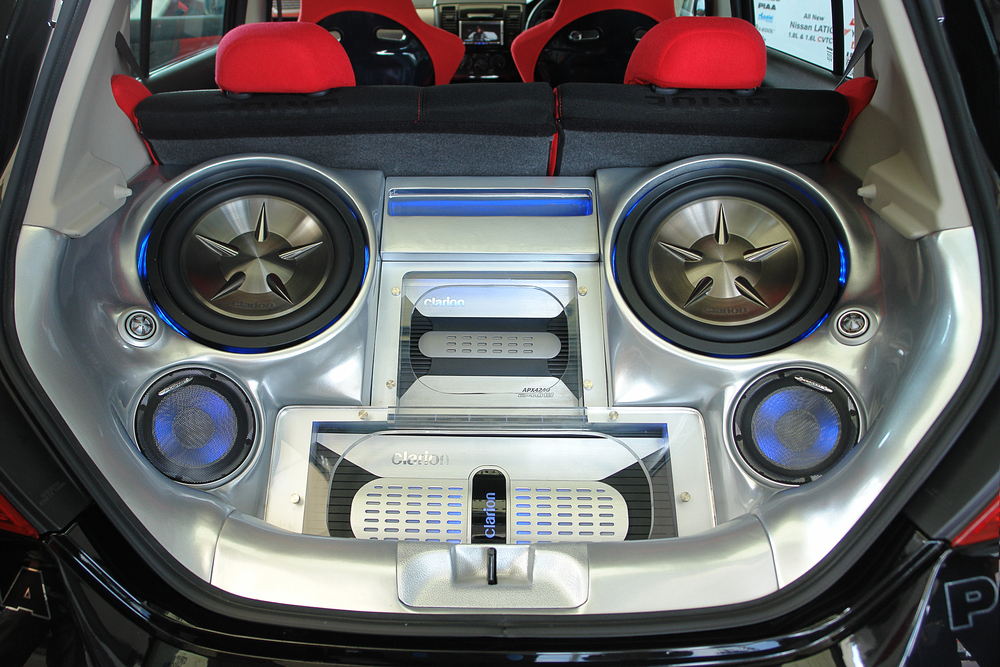
While premium sound systems are marketed to enhance your driving experience, the improvements over factory-installed systems are minimal for most people. EVs are naturally quiet, providing a solid acoustic environment, which means the stock sound system is often more than adequate. In some cases, the weight of these high-end systems can even reduce your vehicle’s efficiency. Unless you’re an audiophile, the upgrade simply isn’t worth the price tag.
Ceramic Coating
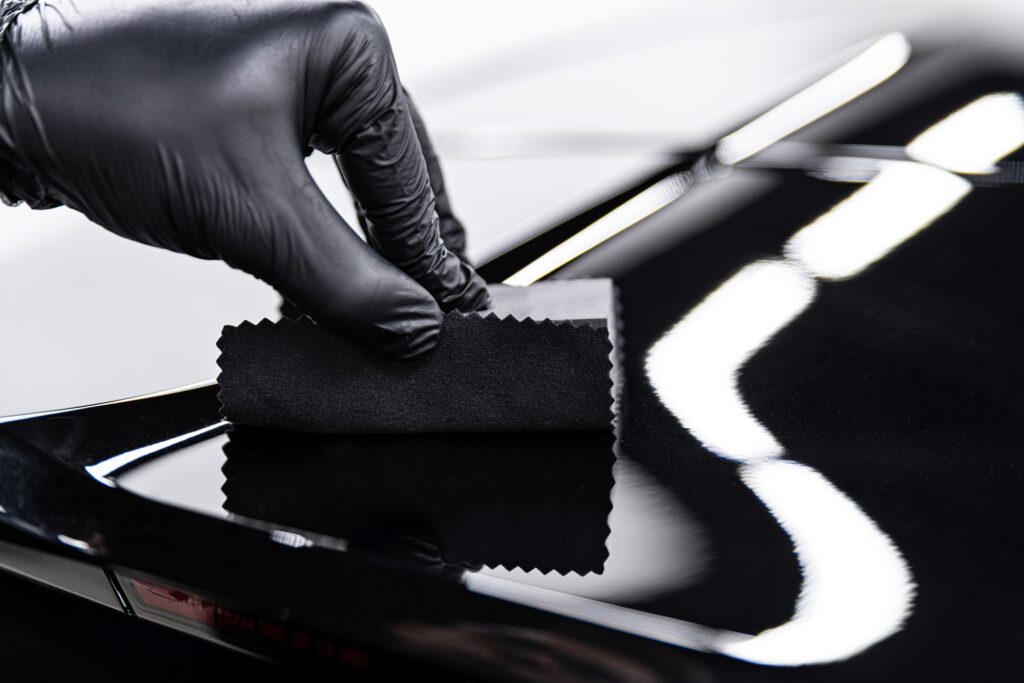
Ceramic coatings are often promoted as a high-tech solution for protecting your vehicle’s finish, but they tend to be more expensive than necessary. While the coating can create a hydrophobic surface, it requires reapplication over time and doesn’t provide permanent protection. For the average driver, regular cleaning and occasional waxing can offer similar benefits without the ongoing maintenance costs. In the long run, the initial investment may not be worth it.
Performance Wheels
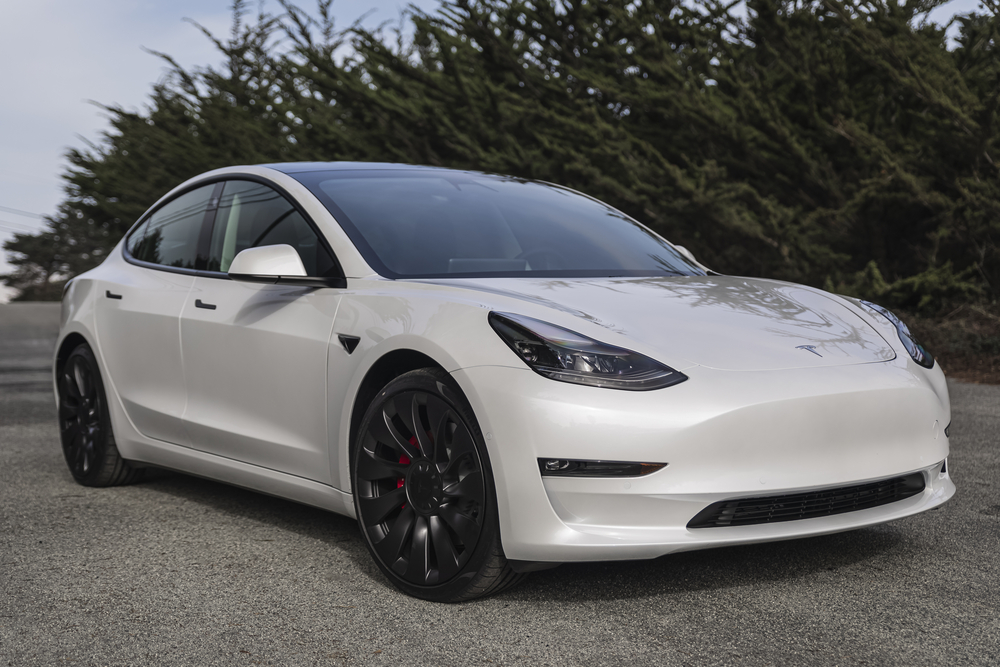
Performance wheels may appeal to those looking for a sporty appearance, but they offer little practical value to the average EV owner. They often come with low-profile tires that wear out faster and are more susceptible to damage from potholes or rough roads. Additionally, these wheels can negatively impact ride comfort and create more road noise.
Underbody Neon Lights

Neon lights installed under the car might seem like a flashy addition, but they’re more style than substance. They serve no functional purpose and, in some regions, can even be illegal. On top of that, they can draw extra power from your EV’s battery, slightly reducing its overall range. With no practical advantage, it’s hard to justify the investment for a purely aesthetic upgrade.
Custom Interior Lighting Kits
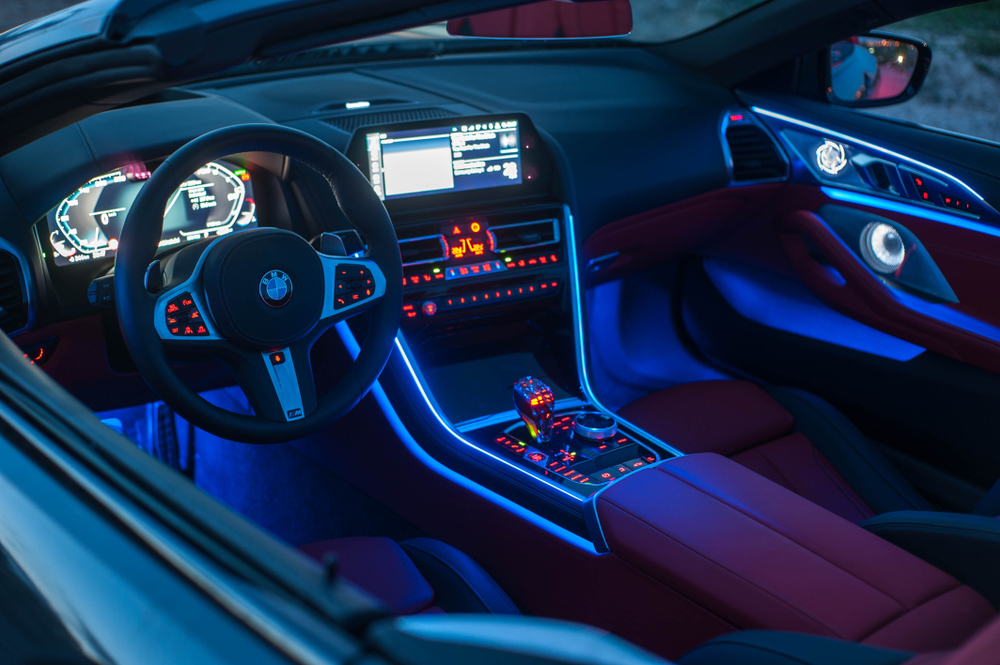
Custom lighting kits can give your EV’s interior a personalized look, but they don’t provide any real benefits beyond visual appeal. These systems often require professional installation, adding to the cost. Moreover, they can draw unnecessary power and may cause distractions while driving, reducing overall battery life. The standard interior lighting in most EVs is already sufficient for daily needs, making this add-on more of a novelty.
Wireless Charging Pads
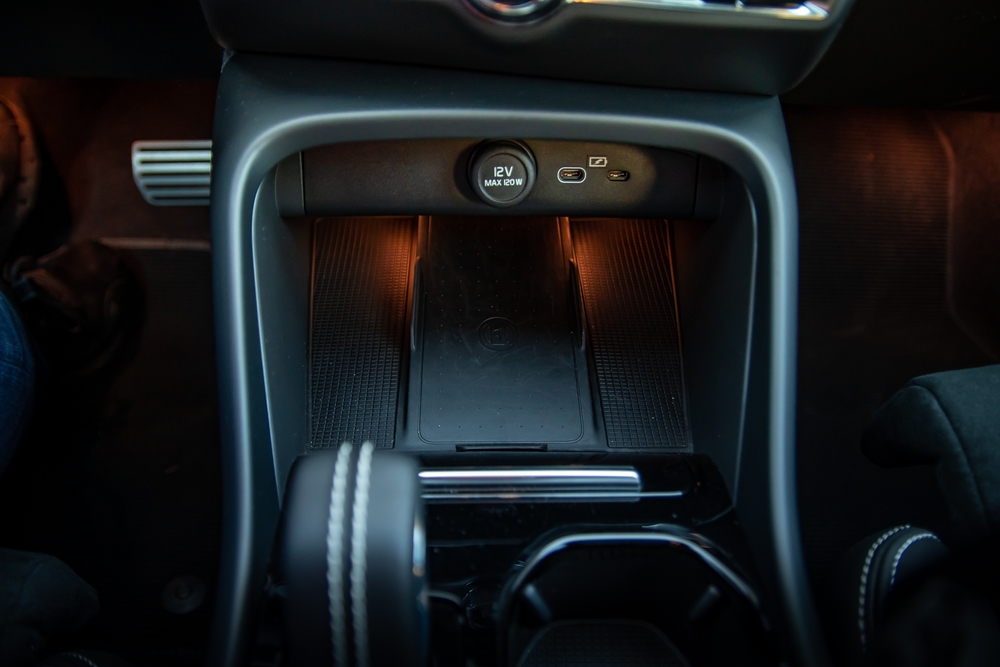
Wireless charging pads for your phone might seem convenient, but they tend to be inefficient. Charging wirelessly is generally slower than using a cable, especially during short drives. Additionally, many EVs come with USB ports that already provide faster and more reliable charging. For the added expense, wireless charging often doesn’t live up to its promise.
Performance Brake Kits
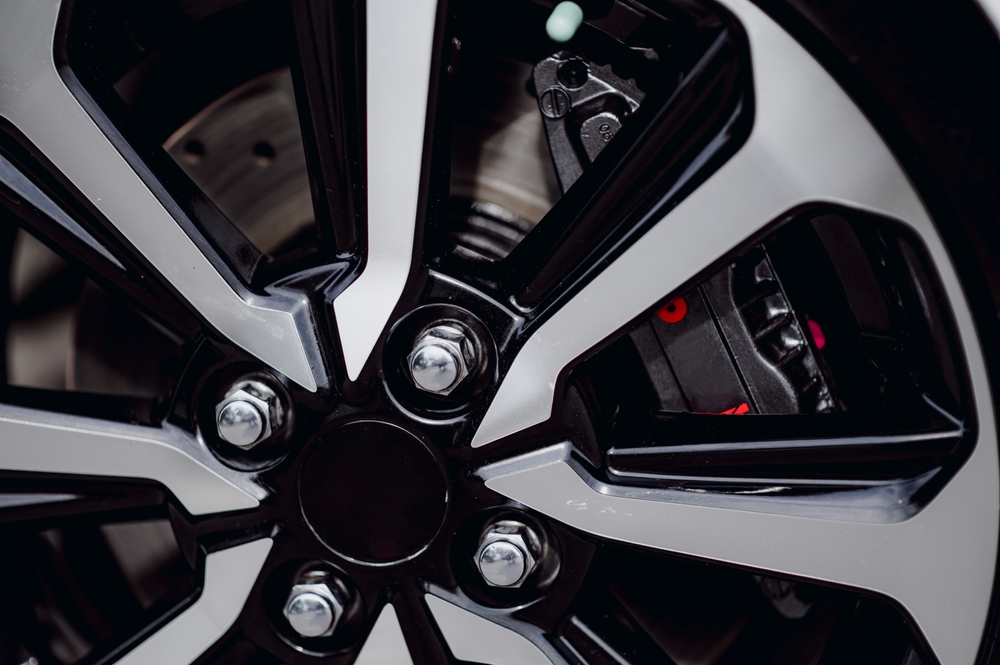
High-performance brake kits might be useful in traditional vehicles, but they’re typically overkill for electric cars. EVs use regenerative braking, which relies more on the electric motor than the brake pads. For everyday drivers, the stock brakes are more than adequate and cost much less to maintain. Unless you’re using your EV for performance driving, this upgrade isn’t necessary.
Custom Seat Covers
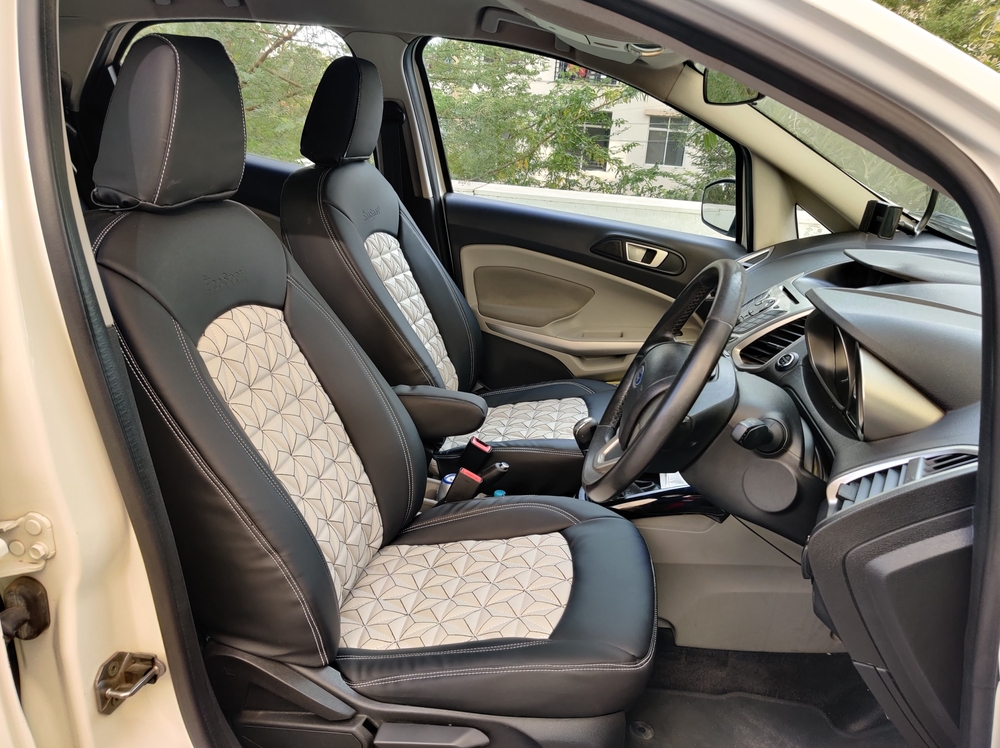
Custom seat covers might sound like a good idea for protecting your upholstery, but they often fall short of expectations. EVs generally come with high-quality, durable seats that can be cleaned easily. Custom covers are expensive, and if not perfectly fitted, they can create an awkward or uncomfortable feel. For most drivers, periodic cleaning of the original seats is a more cost-effective solution.
Roof Racks

While roof racks are essential for outdoor enthusiasts, they may not be necessary for the average EV driver. Adding a roof rack increases drag, which reduces your EV’s efficiency and range. Additionally, many modern EVs come with plenty of storage space, making roof racks redundant unless you frequently transport large items. For infrequent use, renting or borrowing a rack makes more financial sense.
Expensive Car Mats
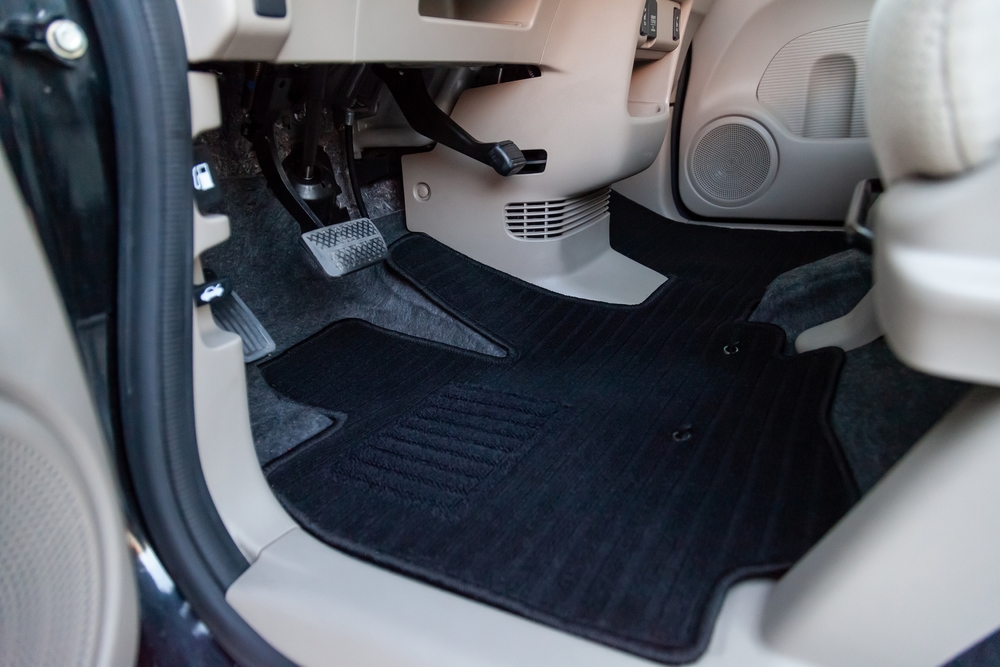
High-end car mats promise superior protection, but basic versions often do the job just as well. Whether you’re guarding against dirt, spills, or wear and tear, durable, affordable mats offer nearly the same level of protection. Premium options don’t significantly extend the life of your car’s interior but can cost considerably more. Simple, durable mats are a more practical choice without the inflated price.
Dash Cameras with Too Many Features
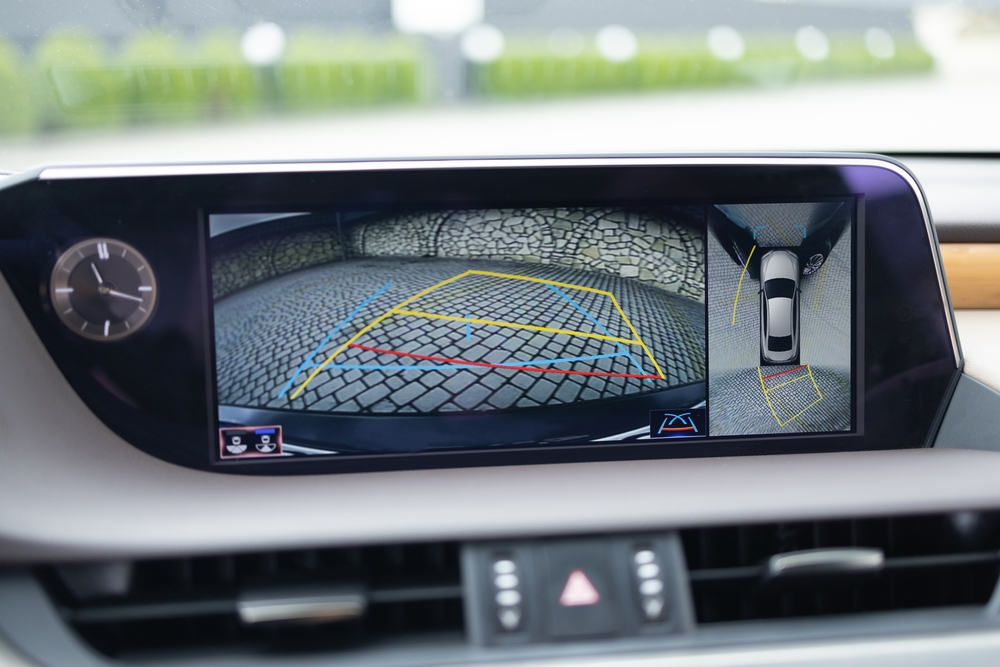
Dash cameras are useful for safety, but some models come loaded with extra features like parking mode, cloud storage, or AI integration that drive up the cost. While these bells and whistles sound appealing, they usually aren’t necessary for the typical driver. A basic dash camera provides all the protection you need at a fraction of the cost. Spending on premium features often doesn’t add much value.
High-End Navigation Systems
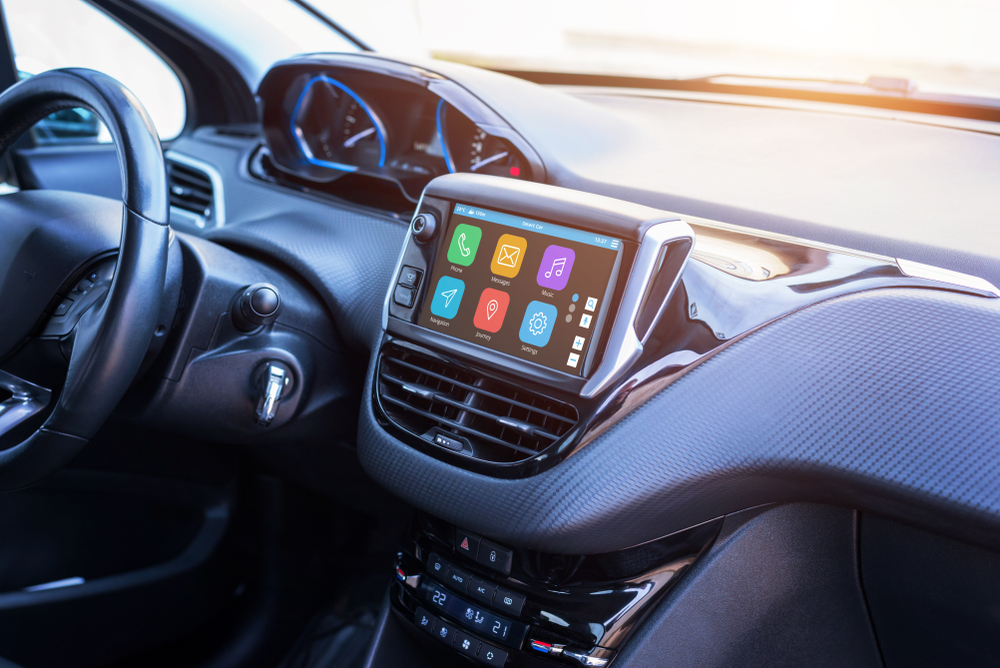
Many EVs come with built-in navigation systems, making an upgrade to high-end versions an unnecessary expense. With smartphones offering free, highly accurate GPS services, the need for these extra systems is minimal. They also tend to require expensive software updates. In many cases, sticking with your phone’s navigation app is both more cost-effective and more reliable.
Premium Cabin Filters
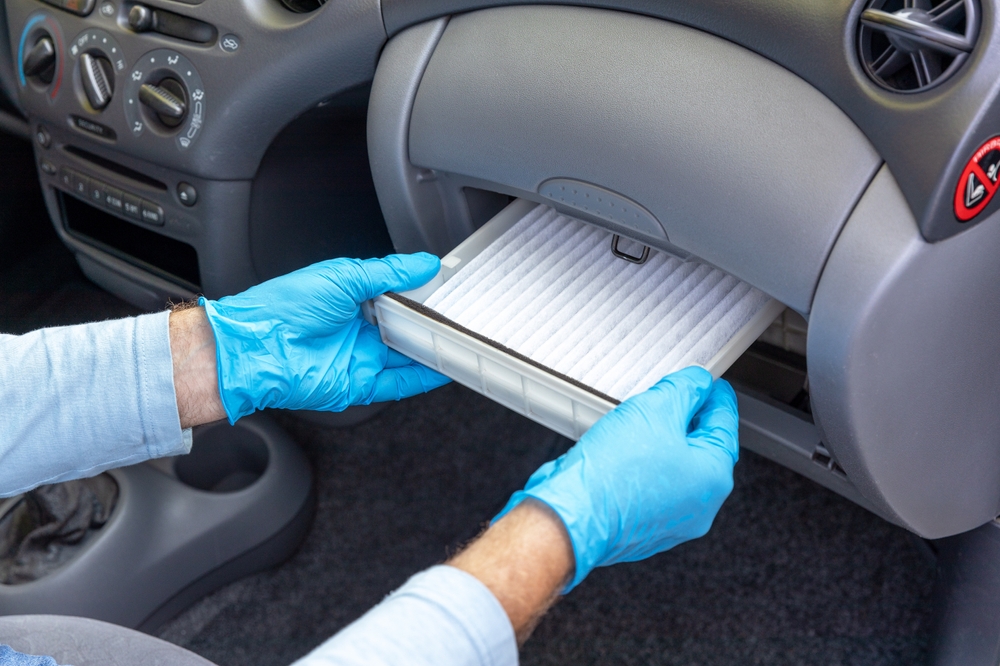
Standard cabin filters in most EVs already do an excellent job of filtering out dust, pollen, and other particles. Upgrading to premium filters often doesn’t result in noticeable improvements in air quality. These high-end filters come with a higher price but offer little benefit for the extra cost. Regularly replacing your standard filters is a more cost-effective way to maintain good air quality.
Rear Seat Entertainment Systems

While rear-seat entertainment systems were once popular, they’ve largely become obsolete in the age of smartphones and tablets. Today, most passengers prefer using their personal devices, which are more versatile and easily updated. The cost of installing a built-in entertainment system often far exceeds its actual use.
This article originally appeared in MyCarMakesNoise.
More from MyCarMakesNoise
20 Pilot-Approved Commercial Planes That Stand Out

Choosing the right commercial aircraft can make a significant difference in your flying experience. According to a veteran pilot, some planes stand out for their comfort, reliability, and performance. Read More.
20 Misconceptions About Race Cars You Probably Believe

Race cars have long been the subject of fascination and intrigue, but with that comes a host of misconceptions. From the belief that they are simply souped-up street cars to the idea that they are only about speed, many myths surround these high-performance machines. Read More.
8 Experimental Submarines That Never Dived

Submarines are marvels of engineering, designed to explore the mysterious depths of the ocean. However, not all submarines have had the chance to fulfill their intended missions. Read More.

